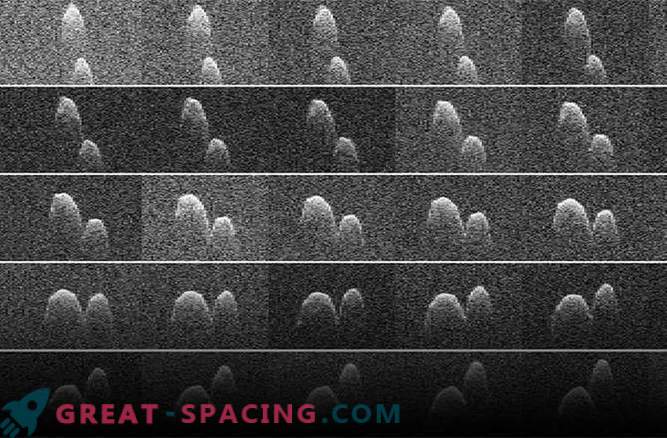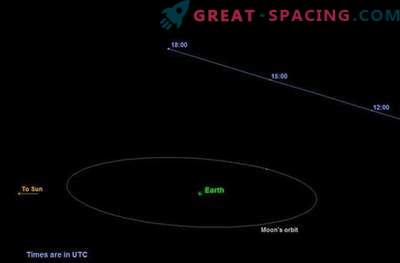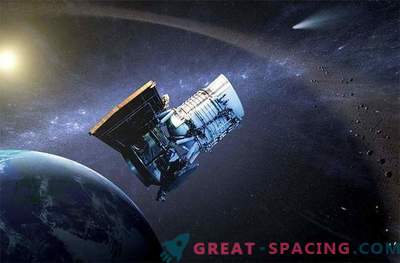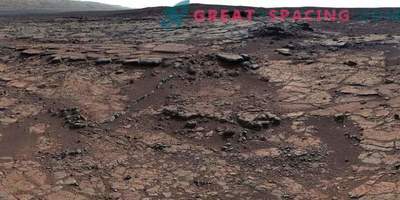
On July 25, the 1999 JD6 near-earth asteroid approached Earth at a record short distance in the last hundred years - 7.2 million kilometers (which is 17 distances between the Earth and the Moon), reaching a speed of 20.3 km / s relative to our surface the planets.
Two most powerful NASA radio telescopes watched the approach of a celestial body. Their main task was to find out the main parameters of 1999 JD6: size, shape and speed of rotation.
As a result of observations, it was found that the asteroid is a “coupled pair system” - a system of 2 asteroids collided by gravitational forces.
“Images taken with telescopes show that a large part (about 15%) of all near-Earth asteroids more than 180 meters in diameter has a similar peanut-like shape,” says Lens Benner, a near-earth specialist from the Jet Propulsion Laboratory, Pasadena.
The asteroid was monitored by two powerful radio telescopes: an antenna at the Goldstone Observatory (California), which served as a radio wave emitter, and a telescope at Greenbank (West Virginia), which received waves reflected from a space body. The use of such a “tandem” of the emitter and catcher allowed scientists to obtain better-quality images of the asteroid. The total observation time for 1999 JD6 was about 7, 5 hours. During this period, the asteroid made one complete revolution around its axis. During the entire rotation, astronomers continuously recorded images decoded in the Greenbank, thus obtaining a complete record of the rotation of the near-Earth object.
The 1999 JD6 Peanut Asteroid was discovered on May 12, 1999 at Lowell Observatory, Flagstaff. The period of revolution around the Sun is 302, 8 days.
Although radio telescopes do not have the accuracy and picture quality that observatories can boast, investigating visible radiation (especially considering how little light reflects small asteroids), the recorded data are quite enough to judge the size, shape, speed of a celestial body and calculate the further trajectory of the asteroid.
Despite the fact that the Earth and 1999 JD6 constantly meet, the next equally close contact will occur only in July 2054.











































